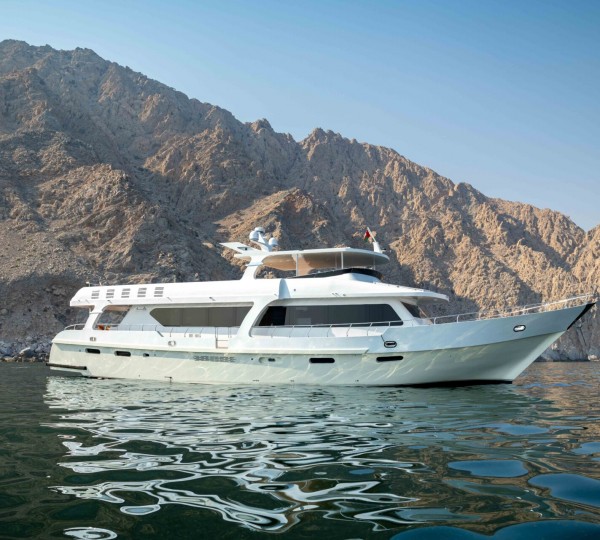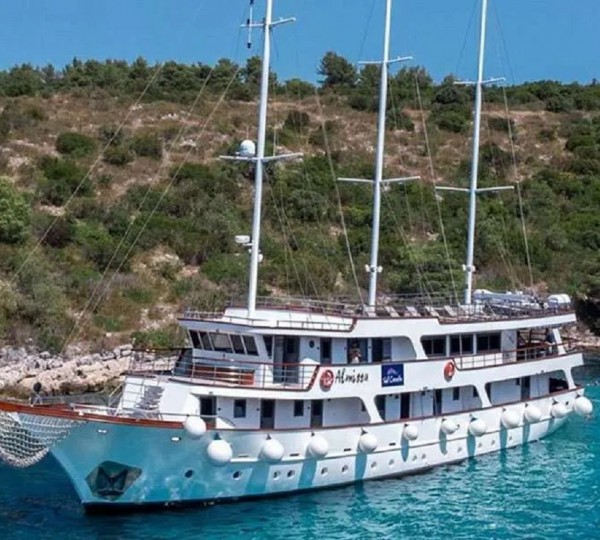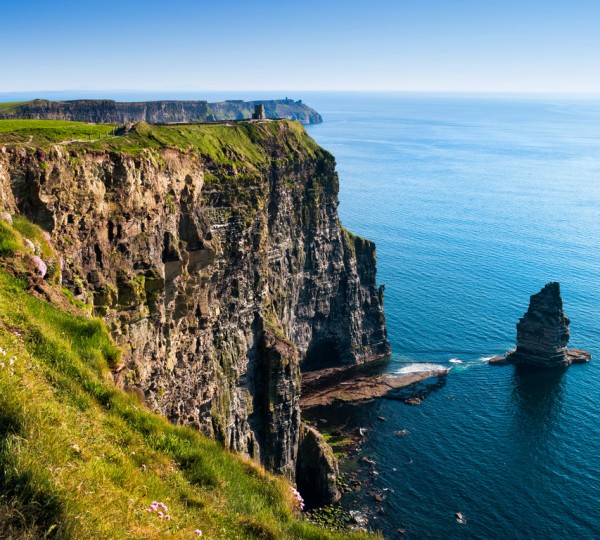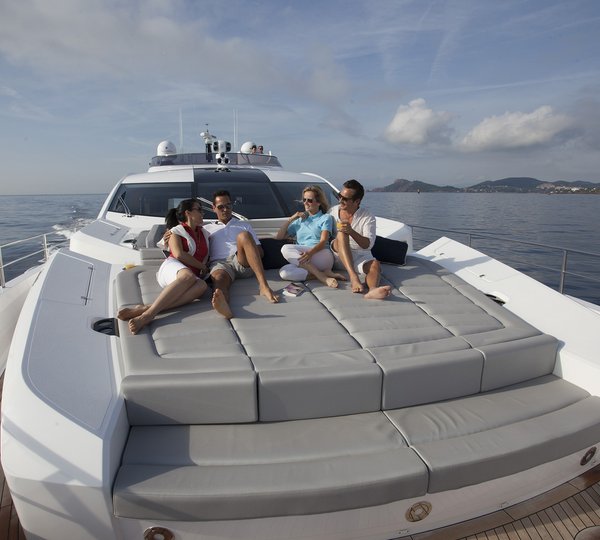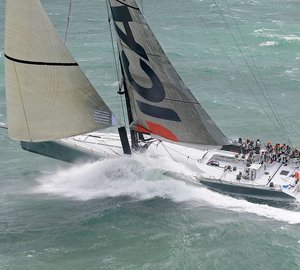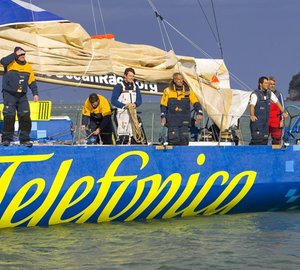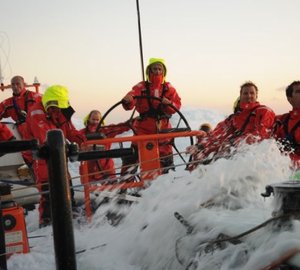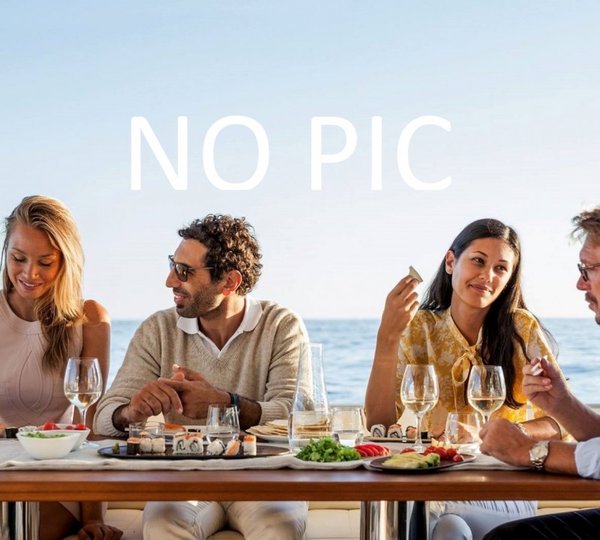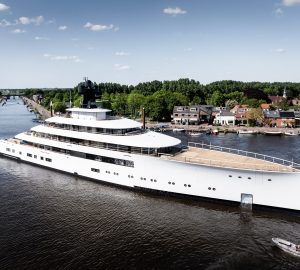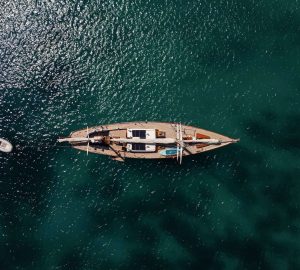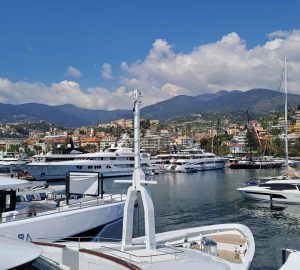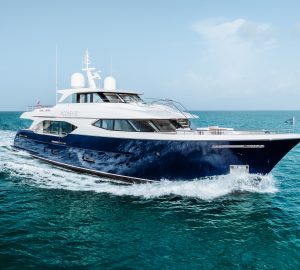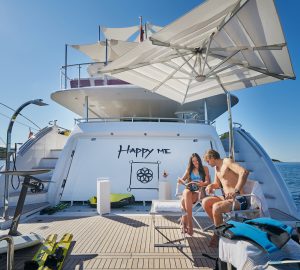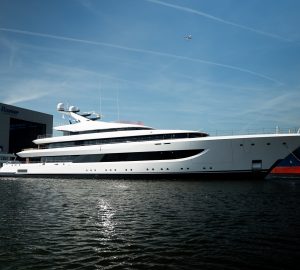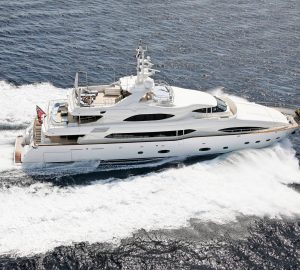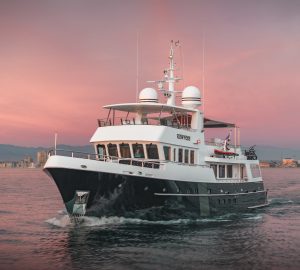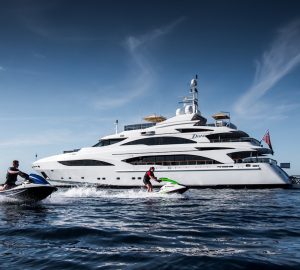Scheduled for 1400 hours local time, the start of the Sevenstar Round Britain and Ireland Race took place bang on target. The English punctuality didn’t favour sailing yacht Groupama 70, who was delayed following a collision with another boat whilst still tied to their mooring. Setting off around fifteen minutes late, Franck Cammas and his crew powered away and managed one by one to overtake 25 of their 27 rivals in some rather harsh sailing conditions and a light worthy of Beken of Cowes.
First to cross the start line, the super maxi sailing yacht ICAP Leopard and Telefonica Azul put on an exceptional display, firing off at 25 knots into the Solent, the sound which separates the Isle of Wight from the mainland. Despite being over 30 foot longer than the VOR 70, ICAP Leopard, with Sam Davies navigating, got irreparably left behind, as did the rest of the fairly assorted fleet.
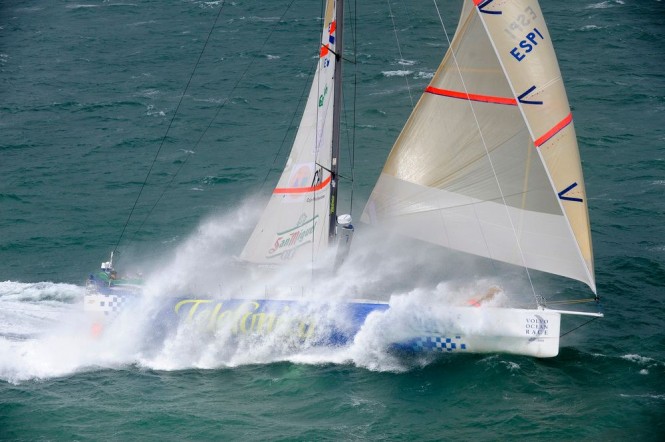
Sailing yacht Telefonica Blue at the start of the Sevenstar Round Britain and Ireland Race Photo by Rick Tomlinson.
During this time, the crew of S/Y Groupama 70 attempted to quickly hoist their mainsail. Delayed following a failed manoeuvre by a competitor, which damaged the bow of the VOR 70, Franck Cammas could only watch, powerless, as his main rival, Iker Martinez, skipper of Telefonica, took flight. A double Olympic medallist in the Forty Niner, the Spaniard couldn’t have wished for a better start.
It remains to be seen now how the skipper of sailing yacht Groupama 70 will react. Prior to the start, the newcomer to the VOR category had this to say: “We’re here to drive the men and Groupama 70 into a corner, as well as to see how we measure up against an experienced, high performance crew”.
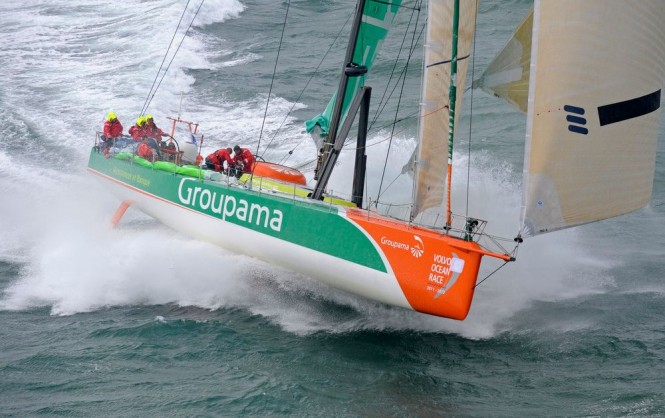
Sailing yact Groupama 70 at the start of the Sevenstar Round Britain and Ireland Race. Photo by Rick Tomlinson.
Having racked up a 5-mile deficit from the outset, Cammas had no other choice but to attack. He too tracked making 25 knots of boat speed, creating fabulous plumes of water in his wake, the skipper was clearly ruling sail yacht Groupama 70 with a rod of iron.
Once across the Solent, the imposed route will call for a series of tack changes under spinnaker. Favouring a more northerly course, Jean-Luc Nélias, Groupama 70’s navigator, was the first to put in a gybe. It’s a manoeuvre which, in the breeze, requires perfect synchronisation. Unfortunately this element may well have been somewhat lacking aboard yacht Celox 40, which lost her mast.
With the wind set to remain very steady, the competitors will continue to traverse the English Channel at pace, zigzagging between the numerous cargo ships picking their way across it. Suffice to say that in these conditions, any minutes spent sleeping will be both rare and precious if they are to keep performing well…
Translated by Kate Jennings
Some information about the race:
Distance to cover: 1,802 nautical miles
Direction of the course: clockwise
Best race time since 1976: Artemis (IMOCA 60) in 7 days and 4 hours
Largest of this year’s boats: ICAP Leopard measuring 30 metres
Smallest of this year’s boats: Arethusa measuring 10.9 metres
Number of VORs competing: 2

